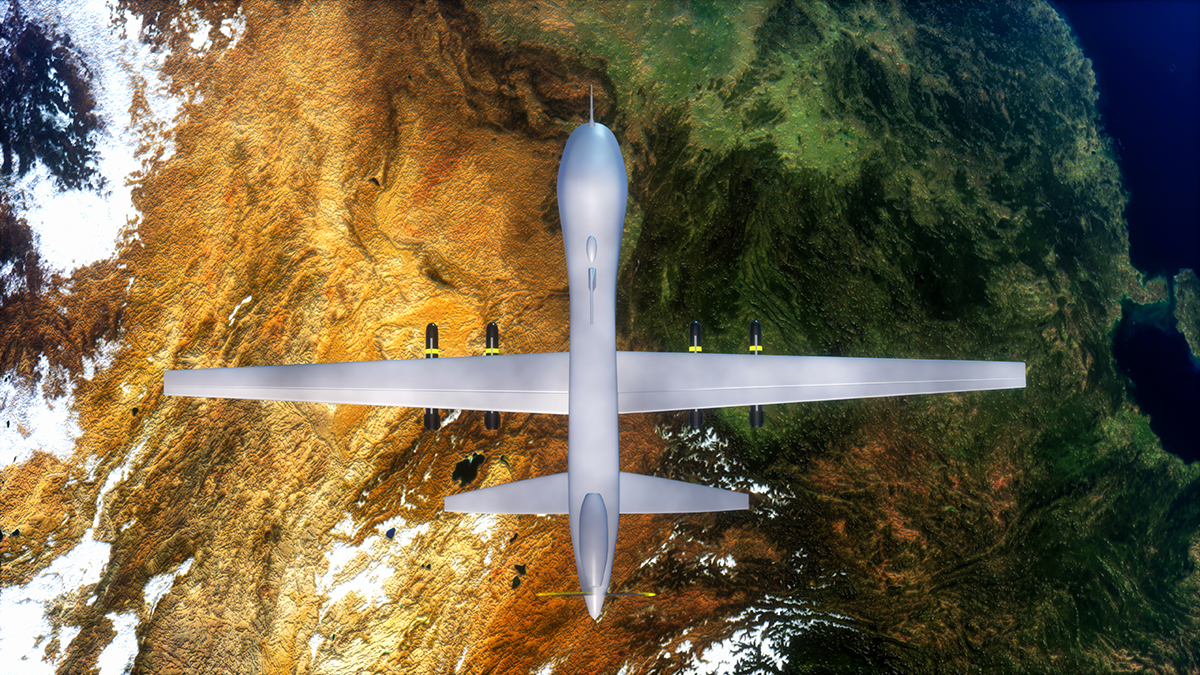The Unseen Threat: How Drones Are Changing Israel’s Defense Landscape
For years, Israel’s defense strategy seemed impenetrable, with the Iron Dome, Arrow missiles, and David’s Sling forming an advanced shield against airborne threats. However, recent developments have exposed vulnerabilities in this formidable defense network, particularly from the unexpected rise of drone warfare.
The turning point came on October 7 when Hamas launched a surprise attack, using drones to incapacitate Israeli observation posts along the Gaza border. This created a pathway for their forces to enter Israeli territory, undetected. This marked a significant shift, as Israel’s defense systems, known for their technological prowess, were caught off guard by unconventional warfare tactics involving drones and paragliders.
Further incidents highlighted these vulnerabilities. In late 2023, a small commercial drone managed to bypass Israel’s sophisticated air defenses near Tel Aviv. Despite efforts by fighter jets and surface-to-air missiles, the drone evaded detection, revealing a critical gap in Israel’s aerial defenses.
The evolving threat continues to challenge Israel. Hezbollah from Lebanon, Hamas from Gaza, and Houthi forces from Yemen have all adopted drone technology for both surveillance and direct attacks. These non-state actors utilize inexpensive drone technology to challenge Israel’s military might, leading to a new kind of warfare that Israel must now address.
The Drone Warfare Evolution
The sophistication of drone attacks has escalated notably over the past two years. Hezbollah’s arsenal has grown, featuring attack platforms capable of carrying heavy payloads. These drones operate in coordinated swarms, overwhelming traditional air defenses. Some are even equipped to function in GPS-denied environments and can jam communication systems.
In July 2024, Houthi forces demonstrated their capability by striking Tel Aviv with drones from over 2,600 kilometers away, leading to civilian casualties and exposing weaknesses in Israel’s defenses. In October, Hezbollah’s use of drones in combination with artillery resulted in significant casualties at an IDF base, showcasing the enhanced lethality of modern drone warfare.
The Technical Evolution of Terror Drones
Israel faces a diverse range of drones, from modified commercial quadcopters to advanced military-grade systems. Hamas and Hezbollah have shown ingenuity in retrofitting civilian drones to carry explosives and evade electronic countermeasures. These modified drones are hard to detect due to their small size, non-metallic frames, and low heat signatures, challenging traditional radar and infrared detection systems.
Impact on Israeli Society and Military Operations
Since October 2023, Israel has experienced over 2,500 incidents involving drones, leading to significant societal and military impacts:
- Over 60,000 residents evacuated from northern Israel.
- More than 1,500 buildings damaged by drone strikes.
- Penetrations of Israeli airspace, affecting military and civilian targets, including in Tel Aviv.
This persistent threat has heightened anxiety among Israelis, as drones offer unpredictable attack patterns unlike traditional rockets. Even high-profile locations like the prime minister’s residence have been targeted.
Technical Challenges in Drone Detection
Israel’s military grapples with unprecedented technical challenges in detecting small drones. Their plastic construction and erratic flight patterns, along with advanced navigation systems, complicate radar detection. Moreover, many drones employ encrypted communication and autonomy, making traditional jamming techniques ineffective.
Tactical Innovations in the Drone War
Both adversaries and Israeli forces are rapidly adapting. Hezbollah employs “swarming” tactics and “sacrifice drones” to exhaust Israeli defenses. In response, Israel has developed overlapping air defense zones and mobile counter-drone teams, integrating these into existing military doctrines for comprehensive protection.
The International Dimension
The drone threat in Israel has become a global concern, with Iran reportedly establishing international drone manufacturing networks. In response, Israel has enhanced cooperation with countries like the United States and European nations to develop counter-drone technologies, though the fast-paced drone evolution remains challenging.
The Future of Warfare: Lessons from Israel
Israel’s experience highlights the transformation of warfare through drone technology, where small actors can challenge major powers. The key to future success lies in integrating drones with traditional forces, creating adaptable systems capable of addressing an evolving threat landscape.
This article was originally published by All Israel News.
ALL ISRAEL NEWS is based in Jerusalem and is a trusted source of news, analysis and information from Israel to our Christian friends around the world.
“`
This article was originally written by www.christianpost.com





